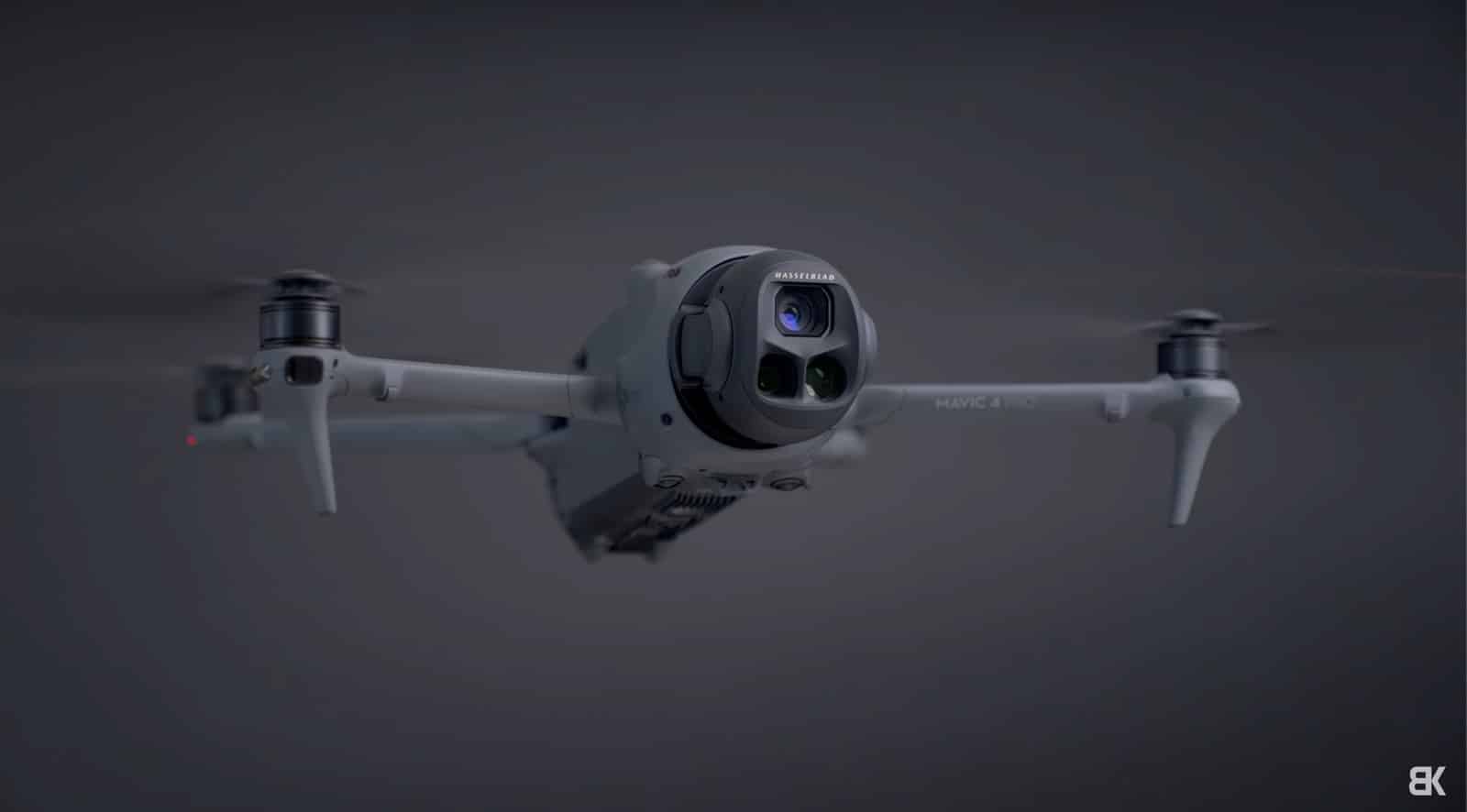US Commerce Department Probes Drone Imports, Eyeing National Security Tariffs: Comprehensive Overview
The landscape for drones in the United States is on the brink of significant transformation as the US Commerce Department embarks on a formal examination of unmanned aircraft systems (UAS) and their parts. This investigation may herald a transformative period for the US drone industry, touching on aspects beyond simply new tariffs or price escalations for enthusiasts. At stake are national security, economic fortitude, and the future of technological innovation in America.
What Initiated the Investigation?
Kicking off on July 1, 2025, under President Donald Trump’s renewed focus on trade and supply chain security, this national probe is already resonating throughout both professional and hobbyist drone spheres, despite being made public only weeks later.
Acting under Section 232 of the Trade Expansion Act of 1962, this investigation grants the Commerce Department the authority to assess whether imports of specific products, including drones and their components, threaten national security. Historically used in industries like steel and semiconductors, this is the first time it targets UAS.
Key Facts:
- Scope: The review includes all imported drones and components such as motors, sensors, and flight controllers.
- Countries targeted: Although global, it largely targets Chinese manufacturers like DJI and Autel Robotics.
- Process: The Commerce Secretary is required to report findings within 270 days, with recommendations on tariffs or bans due by March 2026.
- Tariff power: If imports are deemed a security risk, the President can impose tariffs, quotas, or bans.
Why Are Drone Imports a National Security Issue?
This scenario seems straight out of a tech thriller, focusing on the critical role of drones in various sectors like first response, infrastructure surveillance, and defense.
While most drones in the US are Chinese-made, primarily by DJI, there are concerns about data security since these drones transmit video and telemetry that could potentially be accessed by adversarial governments. The Department asks whether heavy reliance on foreign drones might make the US vulnerable to hacking and sabotage.
Potential Outcomes: Tariffs and Market Dynamics
Several scenarios are possible, each with distinct short- and long-term impacts:
| Scenario | Short-Term Impact | Long-Term Impact |
|---|---|---|
| New tariffs or import quotas | Price hikes for drones and parts; possible delays in repairs | Incentive for US-based R&D and manufacturing; decline in Chinese market share |
| Complete import bans | Scramble to replace existing fleets; delays or cancellations | Boost for domestic industry; potential rise in US brands |
| No major restrictions (unlikely) | Status quo with increased scrutiny | Continued pressure for supply chain diversification |
Companies relying on imported drones must decide whether to pivot to US-made options or stockpile components amid potential restrictions.
“De-Risking” National Supply Chains: Beyond Drones
This drone probe is part of a broader effort to reduce the US’s reliance on foreign suppliers for critical technologies, including copper and semiconductors, to bolster resilience against future shocks like geopolitical conflicts.
Who’s Affected? Broad Implications
- Commercial and government drone users: They might need to switch procurement strategies.
- US and allied manufacturers: Opportunities may arise for those building drones in North America or Europe.
- Hobbyists and educators: Potential for price increases and reduced model availability.
Building a Homegrown Drone Industry: Opportunity and Challenge
The investigation could ignite a surge in US drone technology innovation. Though there may be initial hurdles such as part shortages and costs, long-term benefits could include increased investment and innovation centered on US-built systems.
Regulatory Landscape: New Laws and Trends
The Section 232 probe aligns with recent legislation mandating risk assessments and empowering FCC restrictions against certain vendors. A public comment period will allow stakeholders to voice concerns until August 6.
Real-World Reactions: Industry Insights
While some US manufacturers are preparing to fill gaps, others express concern over the possible rapid loss of access to advanced, affordable tech. Public safety leaders and investors are taking proactive steps to ensure continuity of essential services and capitalize on new market opportunities.
One photojournalist humorously remarked, “Maybe soon, my drone will say ‘Built in Detroit’ instead of ‘Made in Shenzhen’—as long as it still shoots in 4K!”
If You Rely on Drones in the US: What To Do
For those in drone businesses and agencies:
- Assess your fleet: Identify foreign-sourced models or components.
- Stay informed: Keep up with policy updates and industry news.
- Plan for change: Consider alternative suppliers and new models.
- Engage in the process: Submit comments during the public input period.
Cultural Reflections: Drone Anxiety in Media
The public discourse around drones continues to capture cultural narratives, often humorously but with underlying serious implications for national security.
Our Perspective: Team Insights
As pilots, engineers, and storytellers dedicated to ethical tech and innovation, our commitment remains to provide you with informed guidance through this complex landscape. Whether you’re evaluating your UAS fleet or simply enjoying a sunrise flight, we’re here to help you navigate the changes ahead.
Final Thoughts: Navigating Uncertain Skies
The investigations by the Commerce Department could reshape the US drone market. While these changes might pose challenges, they also present opportunities for innovation and domestic growth.
Stay informed: We’ll provide updates on regulatory changes, new product launches, and more to help you adapt smoothly.













